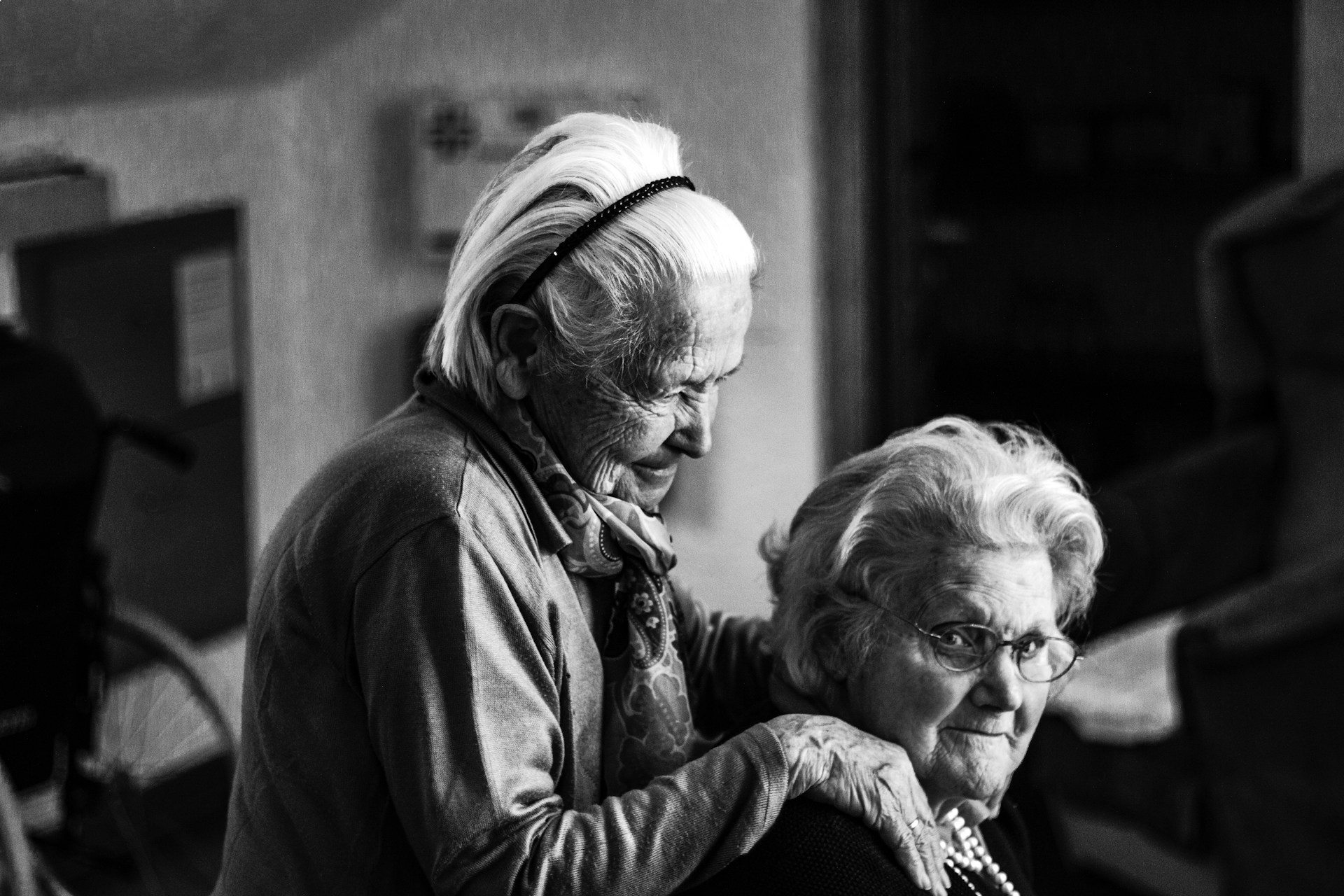Lighting conditions significantly affect the quality of sleep, especially for older adults. In this article, we explore how adults over 65 can tweak their home lighting to promote better sleep quality. We’ll delve into the science behind sleep and lighting, inspecting various experimental studies and examining the role of factors like time, light, and circadian rhythm. Let’s illuminate the subject matter together, exploring the ways seniors can use light to their advantage for a good night’s sleep.
The Science of Sleep and Light
Before we delve into practical tips and advice, it’s essential to understand the science behind sleep and light. The human body operates on a natural timer known as the circadian rhythm. This internal clock regulates sleep-wake cycles, determining when you feel alert and when you feel sleepy.
Additional reading : What Are the Latest Developments in Non-Invasive Treatments for Seniors with Chronic Joint Pain?
In the modern day, artificial lighting has disrupted this natural process. Exposure to certain types of light, particularly blue, can confuse our circadian rhythms, making it harder to fall asleep at night. A study published in the Journal of Clinical Endocrinology & Metabolism found that exposure to electrical lighting before bed suppresses the production of melatonin, a hormone that promotes sleep.
This is particularly problematic for older adults, as the aging process can already disrupt sleep patterns. Adjusting home lighting can help support a healthy circadian rhythm, promoting better sleep quality at night.
This might interest you : How Can Seniors Use Online Tools to Manage Their Financial Health?
Smart Lighting for Optimal Sleep
Smart lighting technology has brought a new level of control to home lighting. By adjusting brightness and color temperature throughout the day, smart lights can simulate the natural progression of daylight, supporting a healthy circadian rhythm.
Smart lights can be programmed to gradually dim in the evening, mimicking the setting sun and promoting feelings of sleepiness. They can also be set to minimize blue light exposure in the hours leading up to bedtime. This reduces the likelihood of triggering a ‘daytime’ response in the brain, which can delay the onset of sleep.
Additionally, smart lights can be used to create a sunrise effect in the morning, gradually increasing in brightness to gently wake you up. This can help you wake up feeling more refreshed and alert, ready to start the day.
Adjusting Light Conditions for Night-Time
As night approaches, it’s crucial to adjust the lighting conditions in your home to promote sleep. The goal is to reduce exposure to blue light, which can interfere with the body’s natural sleep-wake cycle.
There are several ways to achieve this. First, consider replacing any blue or cool white bulbs in your home with warmer, softer lights. These emit less blue light, which can help prepare your body for sleep.
Another method involves using dimmer switches to lower the overall brightness in your home as evening approaches. This mimics the natural transition from day to night, helping to signal to your body that it’s time to wind down.
Lastly, consider incorporating blackout curtains or blinds in your bedroom. These can block out external sources of light, such as streetlights, that could otherwise disrupt your sleep.
Experimental Studies on Light and Sleep in Older Adults
Several experimental studies have been conducted to understand the impact of light on sleep, particularly in older adults. One such study, published in the Journal of the American Geriatrics Society, involved participants aged 65 and above.
The participants were exposed to varying levels of light during their waking hours. The researchers found that those exposed to more bright light during the day experienced better sleep quality and mood improvements.
Another study, published in the journal Sleep Medicine, found that exposure to morning light was associated with improved sleep efficiency and reduced depressive symptoms in older adults.
These studies suggest that maximizing exposure to natural light during the day and minimizing exposure to artificial light in the evening can help older adults achieve better sleep quality.
Photopic and Scotopic Vision in Older Adults
The aging process affects how our eyes respond to light, impacting both photopic (daylight) vision and scotopic (low-light) vision. Older adults may find they need more light to see clearly during the day but are more sensitive to glare. At night, they may have difficulty adapting to lower light conditions.
To cater to these changes, consider incorporating task lighting in areas where precise vision is required, such as the kitchen or study room. This can provide adequate light during the day without causing discomfort.
In the evening, use dimmable lights or lamps with warm color temperatures. These can provide enough light for visibility without disrupting sleep.
Remember, every individual’s light needs are unique, and it may take some trial and error to find the best lighting setup for your home. By understanding the relationship between light and sleep, you can make informed adjustments to your home lighting, promoting better sleep quality and overall wellbeing.
Relationship Between Light Exposure and Sleep Duration in Seniors
Now that we understand the importance of light to our sleep patterns, let’s focus on the relationship between light exposure and sleep duration specifically for older adults. As we age, our bodies may become more sensitive to different light conditions, affecting our sleep duration and quality.
Research published on PubMed and Google Scholar has extensively explored this interaction. One study found that older adults who received blue enriched light exposure in the morning hours had significantly extended sleep duration and improved sleep efficiency. It’s thought that the blue light helped to recalibrate their internal circadian rhythm, promoting a more regular sleep pattern.
However, the timing of light exposure is critical. The same studies have indicated that exposure to blue light in the evening can have the opposite effect, reducing sleep quality and duration. This is due to the ‘daytime’ response triggered by blue light, which can confuse the body’s internal clock.
With the advancement of smart home technology, we now have greater control over our light exposure throughout the day. Using these tools to adjust light levels according to the time of day can help older adults improve their sleep duration and quality. For example, utilizing blue enriched light in the morning can promote alertness and establish a healthy sleep-wake cycle, while minimizing such light in the evening can facilitate restful sleep.
Conclusion: Lighting Conditions and Sleep Quality in Older Adults
In conclusion, adjusting home lighting conditions can play a significant role in enhancing the sleep quality of older adults. Understanding the science of light and sleep, including the role of the circadian rhythm, is essential in making effective adjustments. Remember, the goal is to mimic the natural progression of daylight as closely as possible.
Smart lighting technology is a powerful tool for achieving this. By minimizing blue light exposure in the evening and maximizing natural light during the day, older adults can foster a healthy sleep-wake cycle and improve their overall sleep quality.
It’s also important to acknowledge the changes in photopic and scotopic vision that come with age, and adjust light conditions accordingly. By incorporating task lighting in areas requiring precise vision and using dimmable lights with warm color temperatures in the evening, older adults can cater to their unique light needs.
Lastly, keep in mind that individual light needs may vary. It may require some experimentation to find the best lighting setup for your home. However, the effort can result in a significant improvement in sleep quality and overall wellbeing, making it truly worthwhile.
Remember, a well-lit home is not just about visibility, but also about promoting good health and restful sleep. So, don’t underestimate the power of adjusting your lighting conditions. And, as always, if sleep problems persist, consult a health professional.

